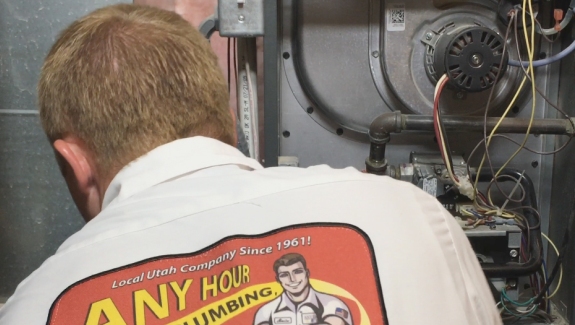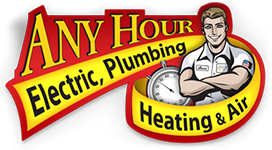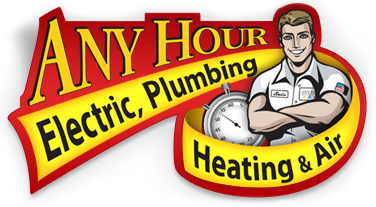What Happens When You Turn Your Thermostat to "Heat"
Your furnace is a complex piece of equipment. HVAC technicians train for years to know how to troubleshoot one. In this article, we’ll go over your furnace’s ignition system from start to finish. Then we’ll discuss how knowing the process can help you if it stops working.
The Startup

The first thing that happens when your system starts is your thermostat calls for heat. That signal reaches the furnace and tells it to turn on. The power kicks on and your inducer motor will start. It pulls air into the unit to make sure the pressures are right and the air-to-gas ratio is correct.
Once your inducer motor is running, your igniter will get ready to start. A glow surface igniter will start to warm up right now, and a spark igniter will be ready for the gas to arrive. After that, the gas valve opens up and the gas ignites. The flames light from burner to burner, until they reach the flame sensor.
As long as everything works right, the blower motor will turn on after 30 seconds to a minute. That way the air can warm up a bit before flowing into the house. When it does start, you should have warm and comfortable air flowing through your home.
Furnace Maintenance: How to Clean Your Furnace Burners
Click this link for a step-by-step video we made showing you how to how to clean the burners in your furnace.
What Could Possibly Go Wrong?

Sometimes, after you start the thermostat, your furnace might blow hot air for a few minutes. Then it might start blowing cold air before the home gets up to the temperature you want. That’s a symptom that your furnace might be overheating.
The biggest reason why furnaces overheat is poor airflow. Dirty filters are the most common culprits of this problem, but bad ductwork is another one. So are blocked air returns, closed vents, or dirty furnaces. You might also have an evaporator coil with a layer of lint covering it.
There are several signs that a furnace might need more attention than you realize. If you have an older furnace that’s taking longer to get the temperature where you want it, that’s a big one. That could be due to dirt building up on the air filter or furnace, which can restrict airflow vital to your system.
Furnace Troubleshooting: 5 Things to Try Before Calling a Technician
Click this link for a step-by-step video we made showing you 5 things to try if your furnace stops working.
Join our email list to get access to weekly emails with helpful videos, educational articles, and DIY home maintenance guides.
Other helpful resourses:
🛠️ DIY videos from Any Hour Services
🎙️ Listen to Our Podcast - In the House
🎥 Watch our VLOG - Along For The Ride
Author: Nathanael Stuver
Copyright © 2022 by Any Hour Services
Oct 4th 2022

